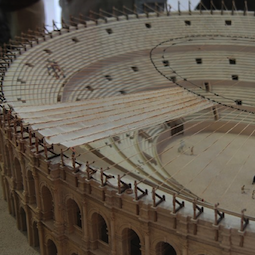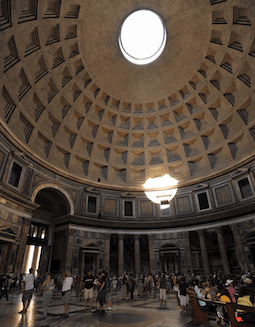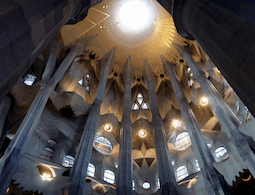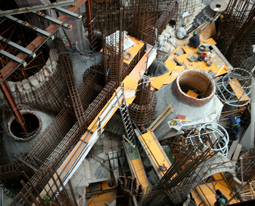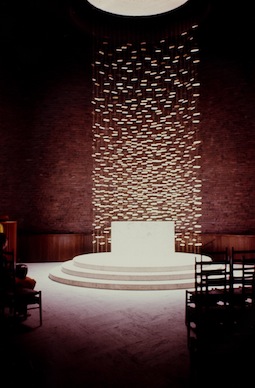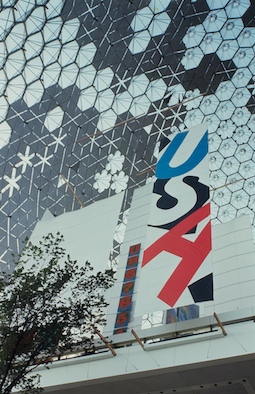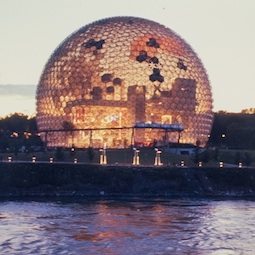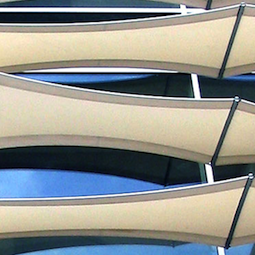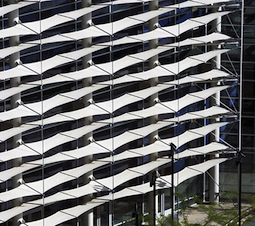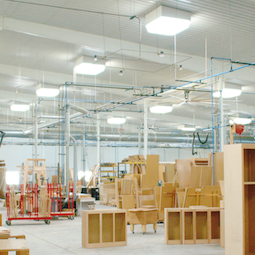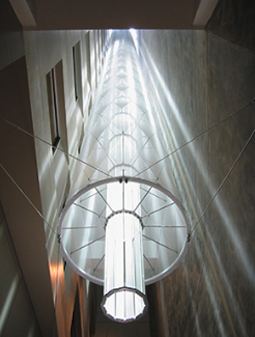The Great Pyramid
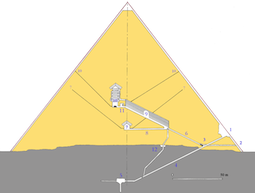
Diagram: Wikimedia Commons
The pyramid's interior didn't need daylight, but the builders did need the North Star to maintain precise orientation during construction: The descending passage (4) is precisely aligned with Polaris's position in 3,000 BC. In effect, the Pyramid is a giant sextant or surveyor's transit. It is also possibly the first "light pipe" or "light tube".

